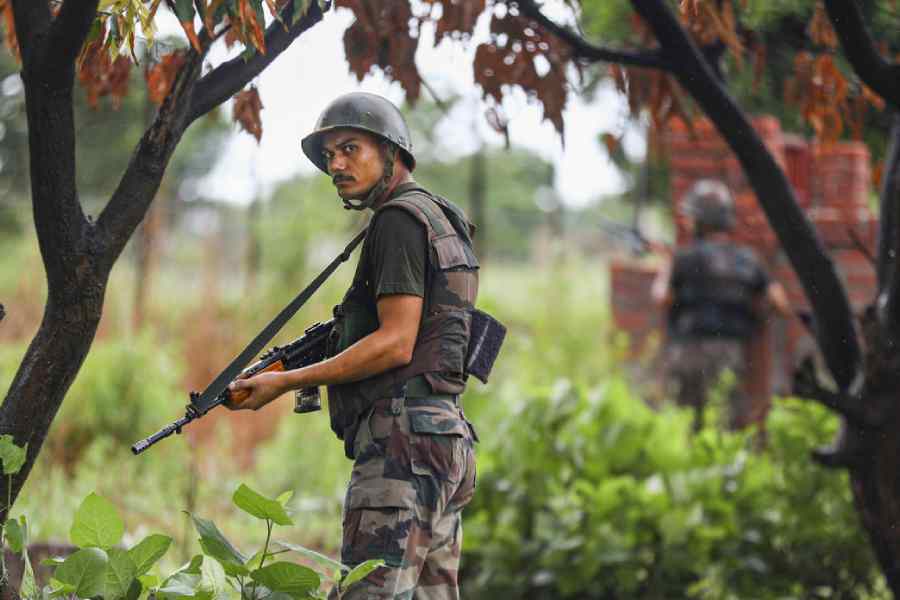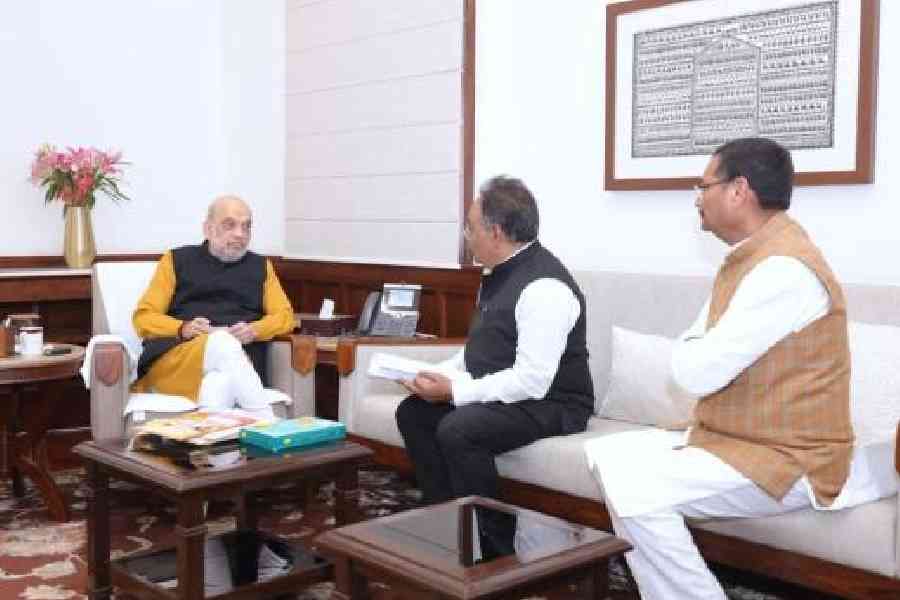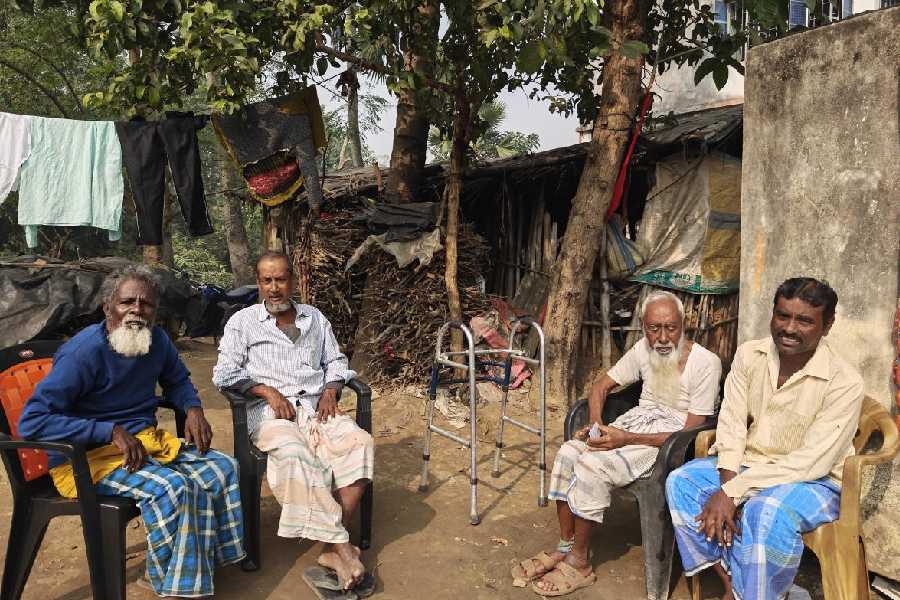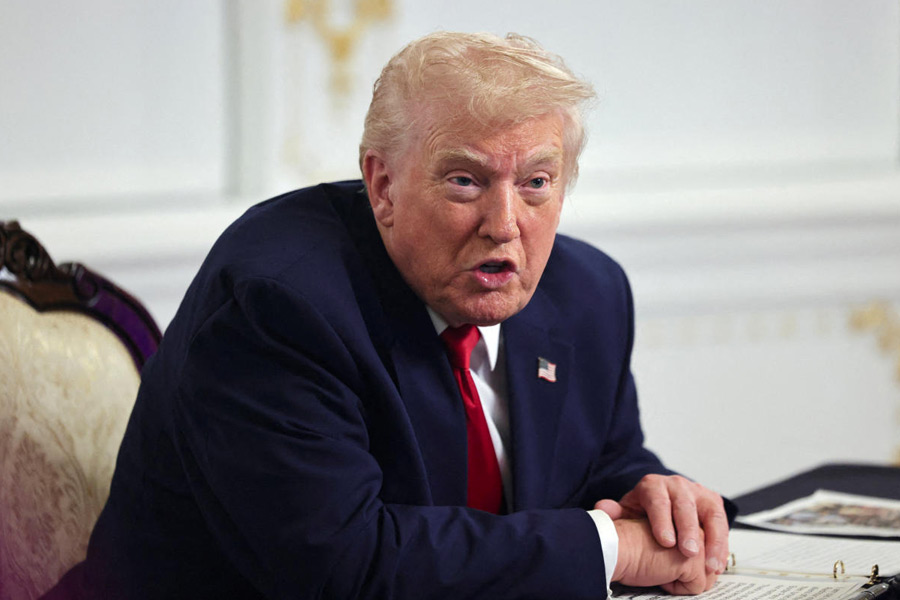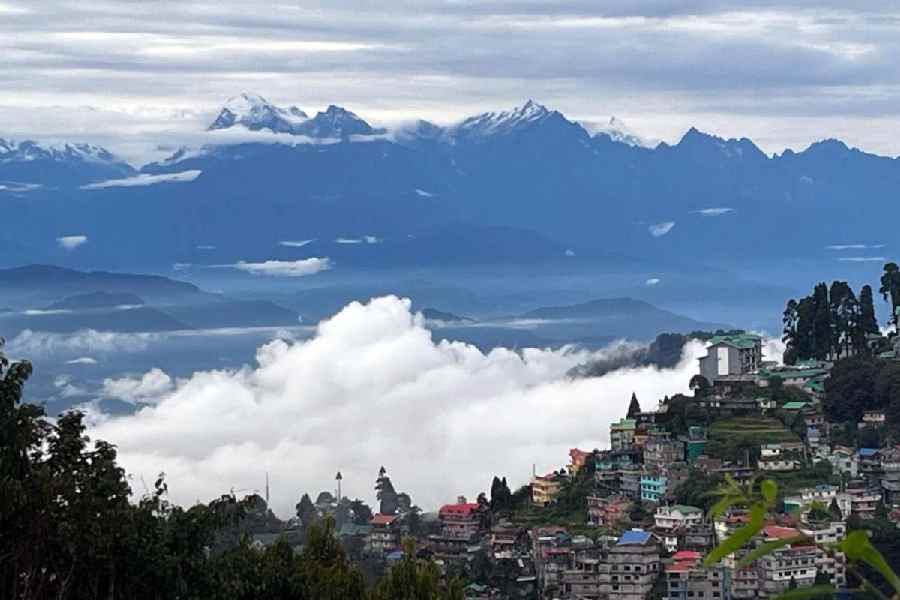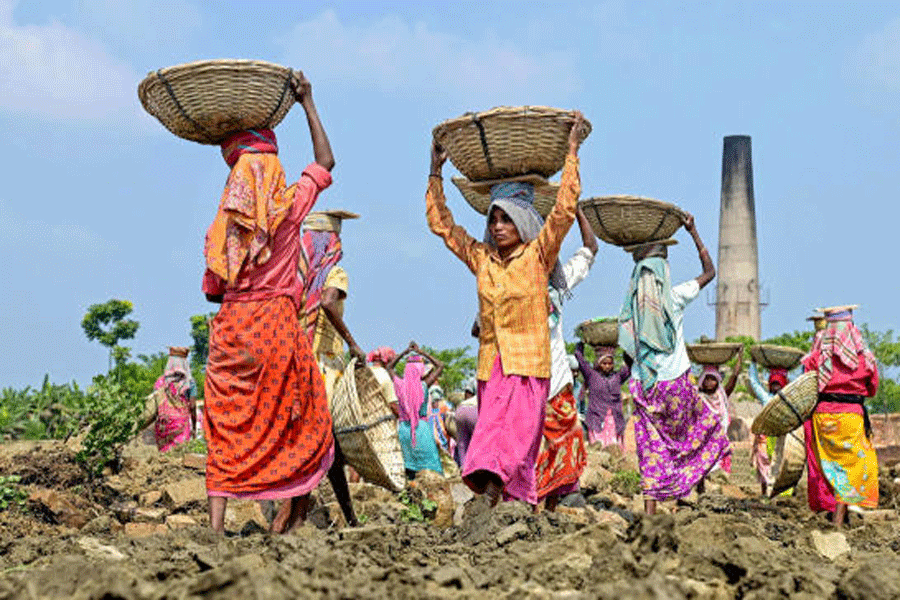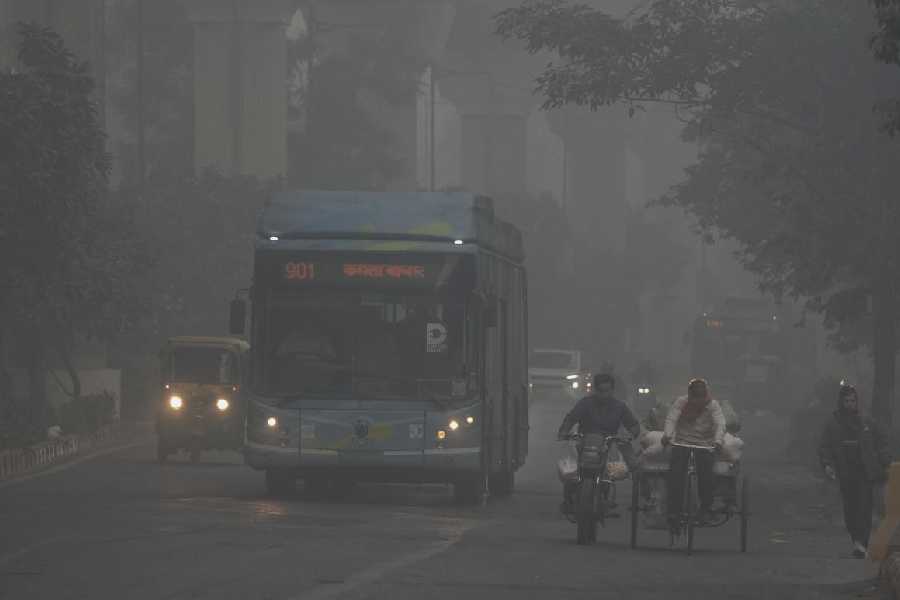Five pointless deaths within days of each other at either end of the Himalayan fastness that rears to India’s north. Five lost lives — of Ramchandra Poudyal, Captain Brijesh Thapa, Naik D. Rajesh, Sepoy Bijendra, and Sepoy Ajay — that might yet inspire peace initiatives for humanity straddling unquiet frontiers.
Following the Gorkha’s traditional calling, 27-year-old Thapa of the 10 Rashtriya Rifles and three uniformed colleagues were struck down by anonymous bullets, probably of Pakistani terrorists mourning their exclusion from the ancestral heritage of Jammu. Octogenarian Poudyal, whom I knew more than 50 years ago as an idealistic rebel against the Chogyal of Sikkim and his American Gyalmo, Hope Cooke, who remained fond of him. Ramchandra’s tragedy was especially poignant for he believed in the spring of 1973 that he was defending a cause against a king and a queen he loved. “One man one vote!” he chanted feebly during his vigil without food or water outside the palace in Gangtok. It was unnecessary suffering. Smash and Grab: Annexation of Sikkim would have told him “Politically, each Sikkimese enjoyed not one but five votes.”
He called on Hope one day, bleeding and with a black eye. “I was beaten up by a hoodlum I’ve never seen,” he said. The stranger was a rent-a-mob demonstrator imported to crush Sikkim in democracy’s sacred name.
Those turbulent times recall a conversation with a Bangladeshi academic at the National University of Singapore. The troubles in what was still the Indian state of Jammu and Kashmir were then moving towards another crisis and the Bangladeshi suggested with delicate circumlocution to avoid offending neighbourly sensitivities that local preference deserved first priority. He had a point in terms of the logic of Partition. Nevertheless, I suggested that Jammu and Kashmir had already exercised that choice on October 26, 1947 when Maharaja Hari Singh signed the Instrument of Accession to join India. “History allows nations a second chance …” the Bangladeshi offered hesitantly, plunging into Singapore’s stormy relations with Malaysia.
That was a tactful diversion, not what he had intended to say. Bangladesh’s liberation war was still fresh in people’s minds and despite the well-documented horrors of Razakar/Pakistani atrocities, many Bangladeshis still cherished memories of the religion-based identity they had once yearned for. Recalling Hindu Mahasabha assertiveness, the Congress tricolour fluttering everywhere, Vande Mataram, and Mahatma Gandhi’s Wardha schools and Vidya Mandir scheme, they did not think Congress (read Hindus) could represent Muslim interests. But spelling that out would have sounded communal.
The more distant parallel of Singapore and Malaysia, of Lee Kuan Yew and Tungku Abdul Rahman, was safer. Singapore became part of Malaysia on September 16, 1963 in a mood of heady expectation. Merger with the peninsular sultanates, Straits Settlements, Sarawak and Sabah to form federal Malaysia would end political, economic and constitutional problems and solve the demographic complication of a Chinese-majority Singapore. Lee’s “Little Red Dot” thought it was buying political stability and economic development.
The union lasted less than 23 months, breaking up on August 9, 1965 amidst bitter charges and counter-charges at personal and political levels. Spiralling communal tensions erupted in race riots, there were emotional breakdowns and copious public tears. Seceding, Singapore went its own way as an independent republic, carrying the scars of deep political and economic wounds. Indonesia’s Konfrontasi partly caused and aggravated the breach. Lee’s appeal to Lal Bahadur Shastri for Indian military assistance before the ink on the separation agreement was dry (or while his announcement in Singapore which synchronised with Tungku’s declaration to Parliament in Kuala Lumpur was still resonating) pointed to potentially far-reaching repercussions.
Bangladesh, torn out of Pakistan’s bloody womb with India the midwife, knows how painful childbirth can be. East Timor, officially the Democratic Republic of Timor-Leste, is one example. Landlocked poverty-stricken South Sudan, which declared itself independent on January 15, 2011, after a so-called Comprehensive Peace Agreement, another. Biafra didn’t escape. Palestine is still struggling to be born.
Ramchandra went missing on July 7 to be discovered nine days later in the Teesta’s turbulent waters. Reports say his bloated body was beyond recognition with no sign of a twinkling eye above the bushy beard.
He and Captain Thapa were both ethnic Nepalese, born near each other in the old Darjeeling district once dubbed the ‘Belgium of Asia’. Both were patriots. Brijesh inherited nationalism from his father, a retired colonel, who says he would have sent even his second son, if he had one, to the army. Jigme N. Kazi’s passionate tribute to Ramchandra in Sikkim Observer says, “We need to free Poudyal of the desh-bechua [country-seller] tag.” The Gyalmo understood his compulsions. “He’s always been the lead actor in every school play,” Hope wrote in her autobiography, Time Change.
Rather than vote for the Sikkimese kingdom’s liquidation, Ramchandra and his legislative friends went into hiding to avoid being forced to do the Indian chief executive’s bidding. When all else failed, Ramchandra filed a case in India’s Supreme Court against the Sangha (the Buddhist ecclesiastical establishment) seat in Sikkim’s assembly. He lost his suit, it was said because India’s judiciary didn’t dare rake up anything that might expose the annexation’s dubious legality.
Sikkim wasn’t given a second chance. Kashmir possibly seeks one. Bangladesh had chances galore but may still be seeking. Meeting to decide Bengal’s future, a bare three months after Fazlul Huq’s Lahore Resolution of March 1940, a joint session of the Bengal Legislative Assembly decided 126-90 that if the province remained united it should join the new Constituent Assembly of Pakistan. Later, a separate meeting of West Bengal legislators decided 58-21 on Partition with West Bengal joining India’s Constituent Assembly. Another meeting of only East Bengal legislators decided 106-35 that the province should not be partitioned; and by 107-34 that East Bengal should join Pakistan if Partition proved inevitable. Sylhet decided on July 6, 1947 to secede from Assam and join East Bengal.
Given this chequered past, the wonder is not that South Asia is riven with rifts and fissures but that it is still reasonably homogenous. Sir Owen Dixon, the Australian jurist nominated to mediate in Jammu and Kashmir, compared the disputed state to the Austro-Hungarian empire. British rule left a patchwork of regulation and non-regulation areas. Parts of Chota Nagpur were governed by the so-called Wilkinson’s Rule; Khasi syiems still grumble about not being enumerated in a constitutional schedule. Castes and tribes carry tags branding them as dangerous. While the princes exercised multiple forms of autonomy, the extravaganza of Maharaja Gulab Singh of Kashmir’s obligation to “present annually to the British Government one horse, twelve shawl goats of approved breed (six male and six female) and three pairs of Cashmere shawls” was matched by the bare-bodied escort of supposedly holy men in saffron or nothing, with strings of prayer beads and ash-smeared foreheads, accompanying Narendra Modi and his silver-gilt sengol.
Despite the expensive frivolity to which governance has deteriorated — perhaps because of it — these are perilous times. After the relative peace of many years, Jammu is suffering a surge of terrorist violence. We are told the culprits are Pakistani. But the proud ‘Ghar mein ghus ke marenge’ boast of taking the battle into the enemy’s home can suggest another explanation. Jammu’s peaceful folk are clamouring for guns. If it comes to that, it could be the old and bloody Northern Ireland war all over again but between two nuclear-armed subcontinental powers ruled by fundamentalists with a vicious legacy of hate. Scotland’s tentative gestures towards independence warn that nationalism is seldom finite.
Recognising that tit-for-tat violence has failed, it might be time therefore to give peace a chance with sensible border management and initiatives for economic cooperation. Adjoining lands with so much in common are ideal sites for the relatively new concept of growth triangles across hostile frontiers.

